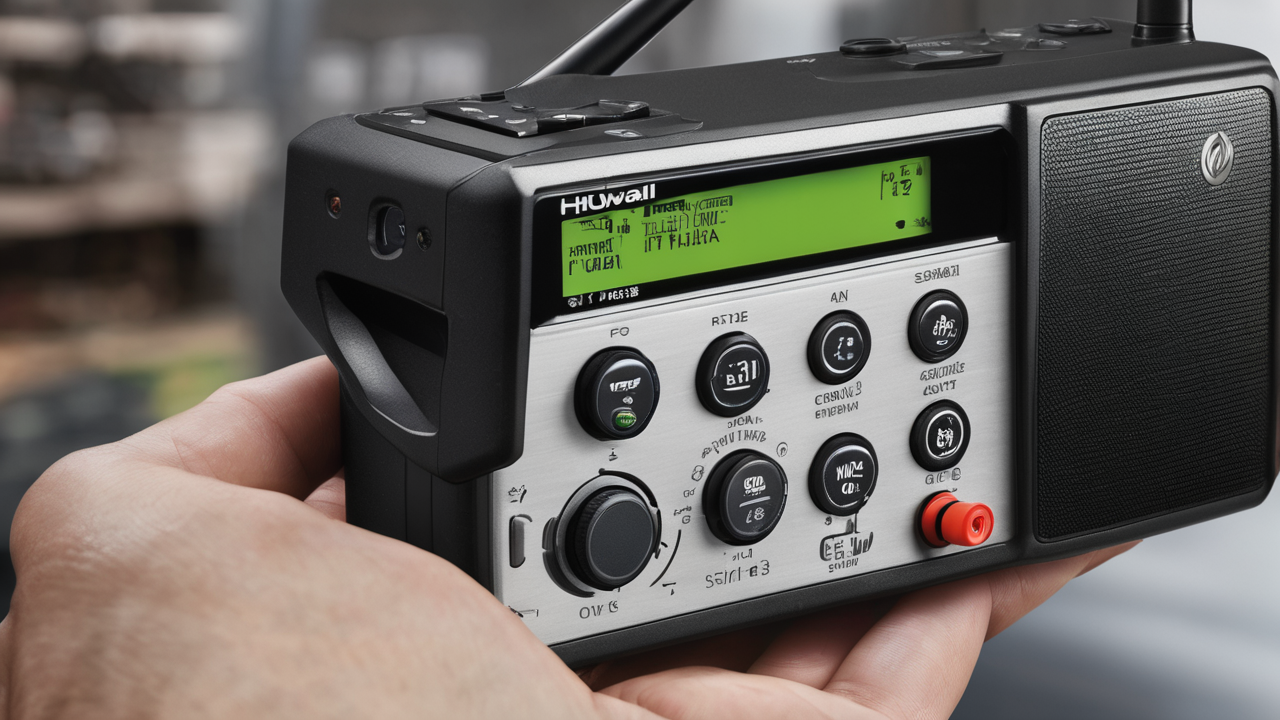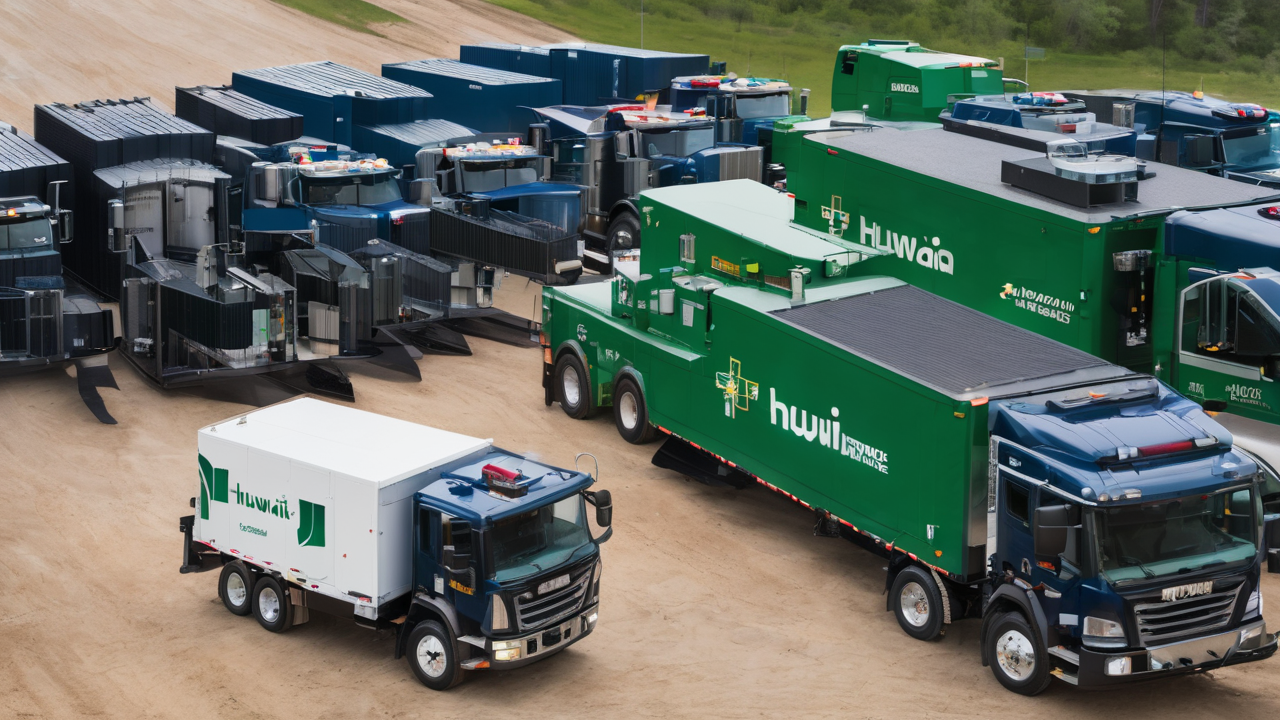Understanding the Basics of Walkie-Talkies: A Primer for Consumers
The Evolution of Walkie-Talkie Technology
Walkie-talkies have come a long way since their inception. They started as bulky devices used in World War II. Today, they are compact and feature-rich. Modern walkie-talkies offer clear sound and long range. They now include GPS, weather alerts, and emergency features. The shift from analog to digital has improved signal quality. Many models now have rechargeable batteries and long battery life. Some even offer smartphone integration. The evolution has made them more useful for various industries and personal use.

Key Features to Look for in a Walkie-Talkie
When choosing a walkie-talkie, consider these key features:
- Range: Look for devices with long-range capabilities.
- Battery Life: Opt for models with long-lasting batteries.
- Durability: Choose rugged designs for outdoor use.
- Channel Options: More channels mean less interference.
- Privacy Codes: These help keep conversations private.
- Weather Alerts: Useful for outdoor activities.
- VOX (Voice-Activated Transmission): Allows hands-free use.
- GPS Integration: Helpful for tracking and navigation.
- Water Resistance: Important for use in various conditions.
- Size and Weight: Consider portability for your needs.
Legal Regulations Affecting Walkie-Talkies in the United States
In the US, the FCC regulates walkie-talkie use. Users must follow specific rules. Some key points:
- License requirements vary based on frequency used.
- FRS (Family Radio Service) doesn't need a license for personal use.
- GMRS (General Mobile Radio Service) requires a license.
- Power output is limited to protect other users.
- Emergency channels must be respected.
- Some frequencies are restricted to specific uses.
- International use may require additional permits.
Always check current FCC regulations before purchasing or using a walkie-talkie.
Evaluating Nationwide Walkie-Talkie Providers
Criteria for Selecting a Nationwide Walkie-Talkie Service
When choosing a nationwide walkie-talkie service, consider these factors:

- Coverage Area: Ensure it covers your needed locations.
- Network Reliability: Look for a stable, consistent connection.
- Audio Quality: Clear sound is crucial for effective communication.
- Features: Check for GPS, emergency alerts, and group calling.
- Scalability: Can the service grow with your needs?
- Customer Support: 24/7 support is ideal for critical operations.
- Device Compatibility: Ensure it works with your preferred devices.
- Pricing: Compare costs for features and number of users.
- Contract Terms: Look for flexible options that suit your needs.
- Integration: Consider how it fits with your existing systems.
The Best Nationwide Walkie-Talkie Services: A Comparative Analysis
Here's a brief comparison of top nationwide walkie-talkie services:
- Verizon Push to Talk Plus:
- Pros: Wide coverage, reliable network
- Cons: Can be pricey for small teams
- AT&T Enhanced Push-to-Talk:
- Pros: Good audio quality, works on various devices
- Cons: Coverage may vary in rural areas
- Sprint Direct Connect Plus:
- Pros: Fast connection times, affordable plans
- Cons: Limited device options
- Motorola WAVE:
- Pros: Works across different networks, scalable
- Cons: Requires separate app download
- Zello:
- Pros: Free for basic use, works over Wi-Fi
- Cons: Relies on data connection, not true walkie-talkie
Each service has its strengths. Choose based on your specific needs and budget.
Consumer Reviews and Experiences with Nationwide Walkie-Talkies
User feedback on nationwide walkie-talkies is mixed. Many praise the convenience and range. Others note issues with signal strength in remote areas. Some key points from reviews:
- Battery life is a common concern.
- Ease of use is highly valued.
- Audio quality varies between brands and models.
- Customer service is important for resolving issues.
- Cost is a factor for many users.
- Durability is crucial for outdoor use.
- Range claims often don't match real-world experience.
- Features like weather alerts are appreciated.
- Group call functions are useful for teams.
- Integration with smartphones is a plus for some users.
Read recent reviews before making a decision. User experiences can provide valuable insights.
Strategic Purchasing of Nationwide Walkie-Talkies for Businesses and Individuals
The Importance of Nationwide Coverage for Emergency Services
Nationwide walkie-talkie coverage is crucial for emergency services. It ensures communication during crises. Here's why it matters:

- Enables coordination across large areas
- Allows for quick response in disasters
- Provides backup when cell networks fail
- Supports inter-agency communication
- Helps in remote area rescues
- Facilitates real-time updates in changing situations
- Enhances safety for first responders
- Improves overall emergency management
- Allows for scalable communication systems
- Supports public safety initiatives
Reliable nationwide coverage can save lives in emergencies. It's a vital tool for emergency services.
Cost-Benefit Analysis: Investing in High-Quality Walkie-Talkies
Investing in high-quality walkie-talkies can be cost-effective. Here's a breakdown:
Benefits:
- Improved communication efficiency
- Reduced downtime in operations
- Enhanced safety for workers
- Lower long-term replacement costs
- Better durability in harsh conditions
- Advanced features for specific needs
- Potential for integration with other systems
Costs:
- Higher upfront investment
- Training for advanced features
- Potential subscription fees for nationwide services
- Maintenance and updates
While cheaper options exist, high-quality walkie-talkies often provide better value. They last longer and offer more reliable performance. This can lead to significant savings over time. Consider your specific needs when making this investment decision.
Tips on Selecting the Right Walkie-Talkie for Your Business or Personal Use
Choosing the right walkie-talkie depends on your specific needs. Here are some tips:
- Assess your coverage needs: Local or nationwide?
- Consider the environment: Rugged or standard models?
- Evaluate battery life requirements
- Check for necessary features like GPS or weather alerts
- Compare different brands and models
- Read user reviews for real-world performance
- Consider future scalability
- Check compatibility with existing equipment
- Evaluate the warranty and support options
- Test before making a large purchase if possible
For businesses, consider how walkie-talkies will integrate with your operations. For personal use, focus on ease of use and relevant features. Always prioritize reliable communication over unnecessary extras.


